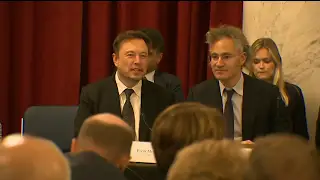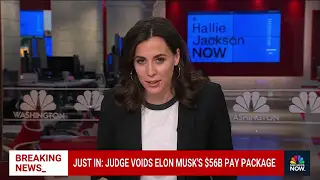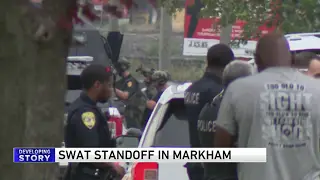Tesla’s vision of a hyper-automated future faces a stark reality check after a malfunctioning robot at its Giga Texas factory injured an engineer two years ago. This unsettling incident, corroborated by witness accounts and injury reports, reignites concerns about the safety of robots in the workplace and raises critical questions about Tesla’s approach to implementing automation.

A Trail of Blood and Missed Precautions: While details are still emerging, the picture painted by witnesses is chilling. The engineer, working with disabled robots, was unexpectedly attacked by a third, active machine designed to handle car parts. Its metal claws tore into his back and arm, leaving a trail of blood across the factory floor. This near-tragedy underscores the potential dangers of even seemingly innocuous robotic malfunctions.
Concerns Beyond Giga Texas: While Tesla hasn’t reported other robot-related injuries at the factory, the incident comes amidst rising anxieties about workplace robot safety. Questions abound about Tesla’s safety protocols, particularly the reported inactivity of emergency override measures during the attack.
Echoes of Autopilot: This episode eerily mirrors Tesla’s recent woes with its Autopilot system. The 2 million-vehicle recall, triggered by concerns about driver misuse, highlighted the gap between technological advancement and responsible implementation. Similarly, the robot incident suggests Tesla may be prioritizing automation speed over robust safety measures.
Moral Obligation: Rhetoric vs. Reality: Tesla’s past pronouncements about its “moral obligation” to improve safety ring hollow in light of these incidents. The question isn’t just about deploying advanced tech; it’s about ensuring its responsible use with human lives at stake.
The Road Ahead: Tesla must now go beyond mere recall and proactive safety measures. A thorough investigation into the robot incident is crucial, with transparency addressing both immediate causes and broader operational flaws. Furthermore, increased collaboration with regulators and safety experts is essential to establish robust protocols and guidelines for safe human-robot interaction within the evolving workplace landscape.
The path forward for Tesla’s automation ambitions lies not in breakneck speed, but in responsible, meticulous integration with a paramount focus on worker safety. The scars left on the factory floor serve as a stark reminder that unchecked technological progress can leave indelible marks, not just on metal, but on human lives.
This analytical article delves beyond the headlines, raising critical questions about safety protocols, moral obligations, and the responsible implementation of AI-powered automation. By sparking wider dialogue and demanding accountability, it paves the way for a future where technological advancement and human well-being go hand in hand.












Discussion about this post